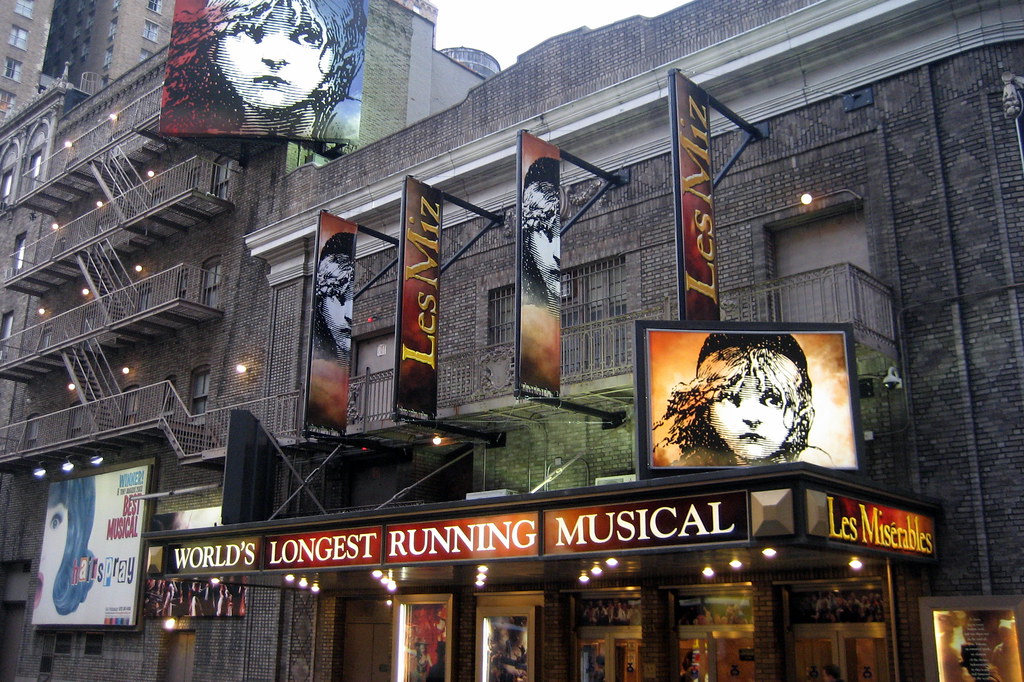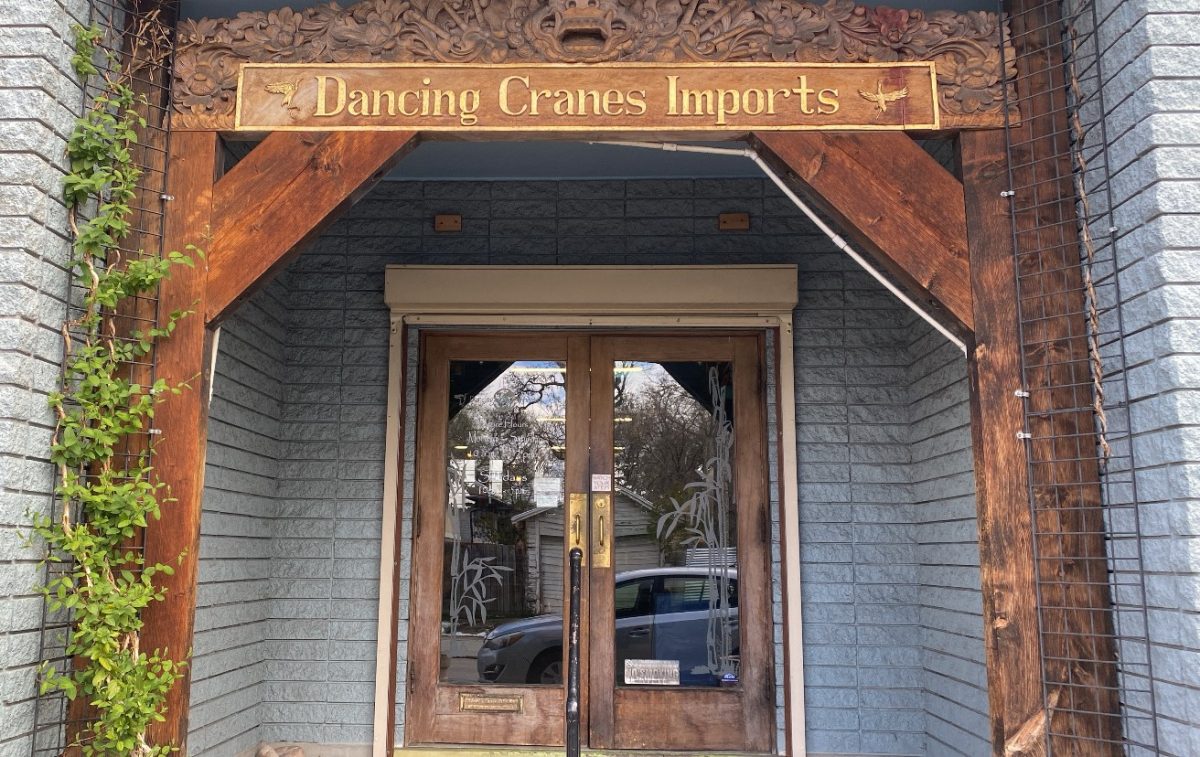Pottery shards, a shred of carrying band, a stone worn into a pestle, needles made of bone, old moccasins bearing the marks of wear, tear and repair?ancient people left clues, perhaps the past equivalent of litter, scattered on the landscape now known as Utah. They tell a story about those who used and ultimately discarded them.
But often, more clues simply lead to more questions.
The floor of Promontory Cave, along the Great Salt Lake, held similar dense evidence of human occupation. The artifacts uncovered by Julian Steward in the 1930s were more common than dirt at the site, according to Duncan Metcalfe, a curator at the Utah Museum of Natural History.
Basketry, arrow heads, bone tools, bark bedding and other remnants lay so densely packed together they would have clogged the screens used for sifting through the earth, he said.
In a particularly telling find, archaeologists uncovered a collection of 250 moccasins and leather bits. Smashed by layers of sediment, the dried and crumpled leather lumps were scarcely recognizable.
Nearly 70 years later, the moccasins now look a little more like they used to. With a Save America’s Treasures grant, the museum brought in a professional conservator to help clean, soften, reshape and store the stiff leather.
Dates taken from the moccasins suggest their owners wore them somewhere in the 1100 to 1600 AD range?coinciding roughly with the disappearance of the Fremont Indians, but before the appearance of the Shoshone.
The design of the moccasins compounds questions about their origins.
The key is a puckered toe, which curves U-shaped along the front of the shoe, stitched with sinew and plant fiber.
“It was a style they devised themselves. It doesn’t match anything else in the Great Basin area,” said Kathy Kankainen, the museum’s anthropology collections manager.
“Julian Steward made an argument that the inhabitants were what he called the Promontory Culture,” Metcalfe said.
Based on the unique construction of the moccasins, Steward believed their makers belonged to a culture distinct from the Fremont and Shoshone Indians who inhabited the same area, but at different times.
“Archaeologists are still arguing if there is such a thing,” Metcalfe said.
The moccasins are constructed mostly from bison hide, but some deer, elk, antelope and even bear show up.
Fur lines the inside of some of the moccasins. And others have a rectangle attached so as to cover the wearer’s ankles. The indications are that the cave may have been a temporary residence for the people who came to hunt the bison which populated the Salt Lake Valley in late winter and early spring, Kankainen said.
The people would carry the hides from their kill back to the cave. There, they would make and repair leather objects such as moccasins, she said.
They left behind shoes of all sizes, ranging in fit from adults to small children. All of the adult shoes show many repairs. The children’s have fewer, probably because they rapidly outgrew their moccasins, Metcalfe said.
Museum employees began the conservation process by cleaning and analyzing each moccasin. Because of lacings, fur linings and varying flexibility, the exact process varied for each shoe, Kankainen said.
Baths and vapors of isopropyl alcohol and water softened the leather until it slowly unfolded. Then the moccasins were worked by hand, to regain the memory of the shapes they held before being buried hundreds of years ago.
With such scant evidence, Steward’s Promontory Culture remains elusive.
“All we really know about them is what they left behind,” Metcalfe said. “Hide is notoriously difficult to radiocarbon date.”
He hopes to get the funds to have the leather dated again using new techniques.
A small display near the museum entrance holds some of the restored moccasins.











